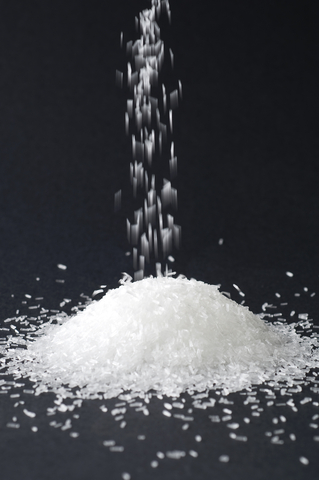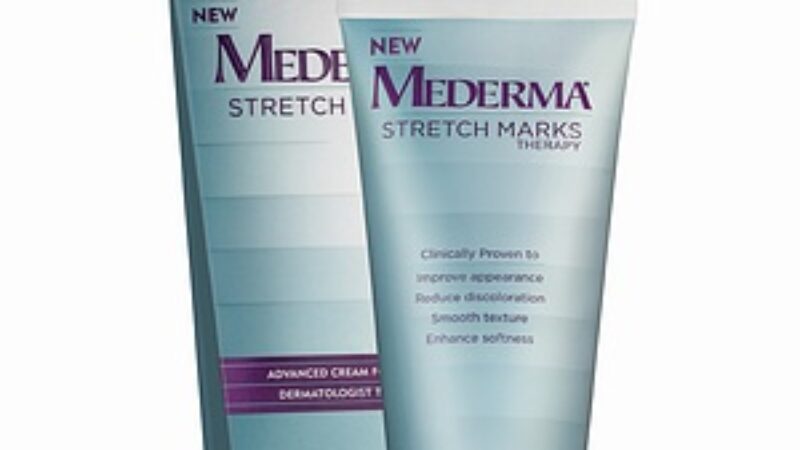A new study published in the American Journal of clinical Nutrition indicates that sodium is not the only factor in blood pressure related heart disease risk — insufficient potassium is also a danger.
We all know that North Americans (and others) consistently fail to meet guidelines (maximum 2300mg daily) for healthy sodium intake. It turns out that we need to get 4700mg of potassium as well. Are you getting enough?
The trick is to get enough potassium without getting too much sodium. So load your diet with potassium powerhouses like potatoes, prune, carrot, tomato and citrus juices, bananas, spinach, swiss chard, beans, lentils and nuts. Steam, boil and bake; season with herbs and spices but keep away from the salt. A few daily cups of coffee and tea will also contribute potassium to your diet.
Practice the following tips to help cut back on sodium and double up on potassium.
- Read the label. Check out the percentage of daily value (%DV). A food that has a %DV of 5 per cent or less is considered low in sodium. A food that has a %DV greater than 15 per cent is high in sodium.
- Dine out infrequently. Restaurants fill their foods with excess sodium. At home you can control your sodium intake better.
- Watch out for hidden sodium in foods that are pickled, marinated, smoked, or barbequed. Avoid eating too much soy sauce, broth, miso, gravy, or bacon. Hidden sodium is also lurking in dips, stir-fry sauces, salad dressings, Worcestershire sauce, barbeque sauce, ketchup and relish. Use these sparingly.
- Limit deli meats. If you roast your own chicken, turkey or beef, save some for sandwiches later in the week.
- Pack your diet with potassium rich foods such as baked potatoes (go easy on the toppings — I like pepper with a tiny bit of olive oil), beans and lentils, leafy greens and yogurt. Food can be your medicine: a daily tablespoonful of blackstrap molasses will give you a whopping 518mg of this essential mineral.




